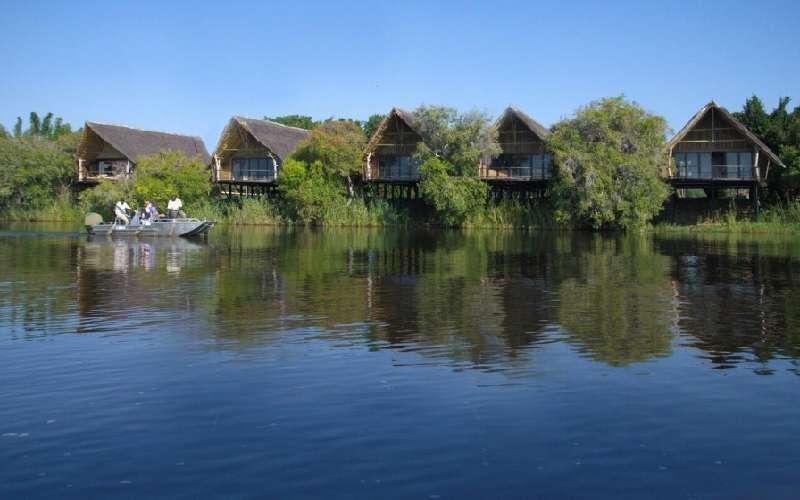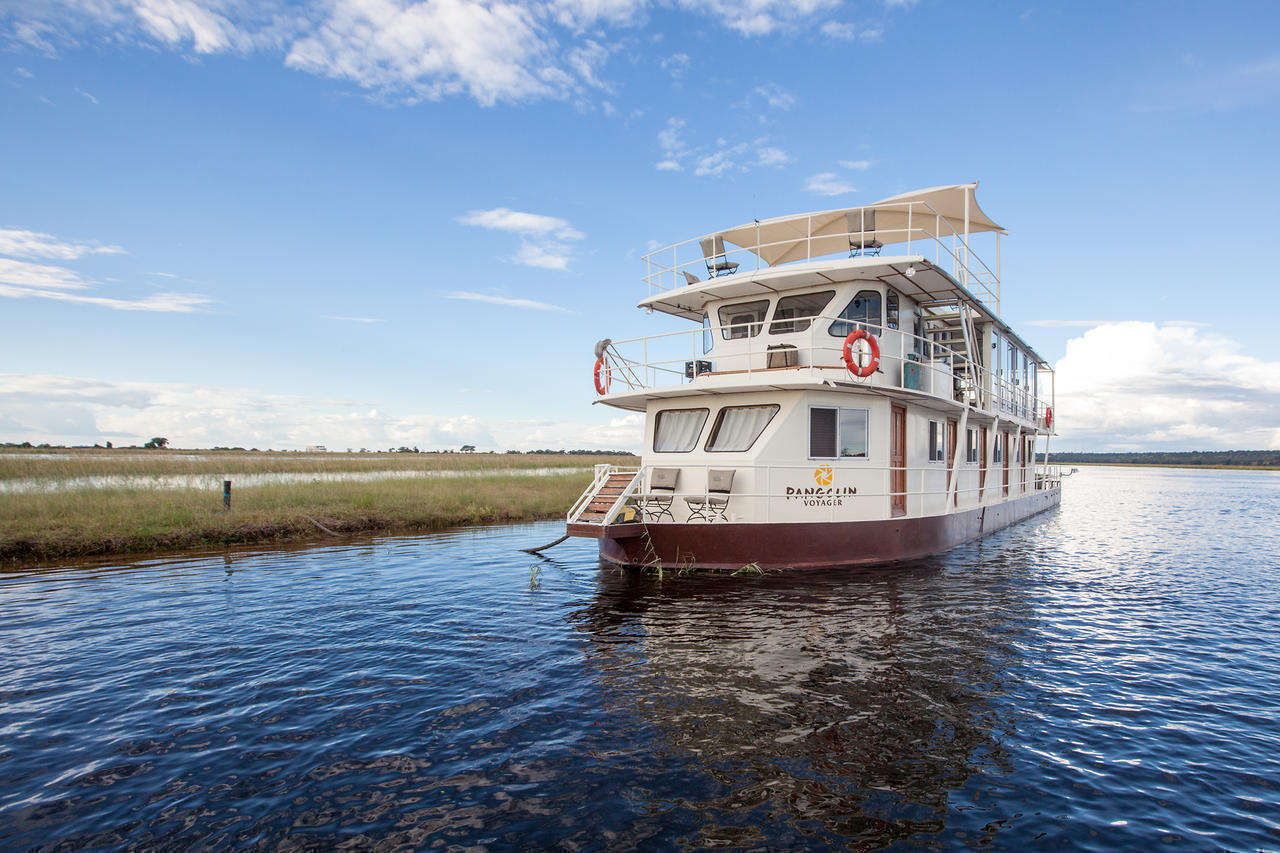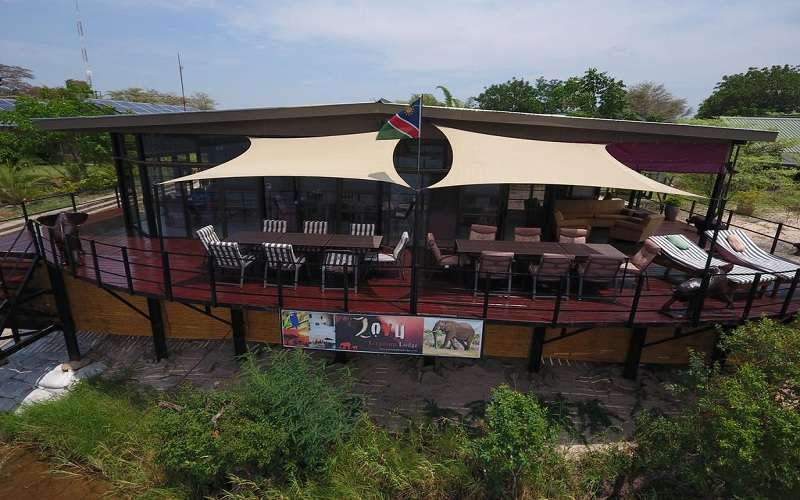Adjacent to the Okavango Delta in Botswana, the Chobe National Park and its amazing safari lodges in a diverse region ranging from the border at the Chobe River to the now dry Savute Channel, and beyond to the boundaries of the Moremi Game Reserve & Okavango Delta. The Chobe National Park is famous for its high concentration of elephant. More than 120 000 elephants and large numbers of buffalo, antelope and predators can be found here. Bird watching is excellent in Southern Africa's Chobe National Park, with many migrant birds visiting from November to March.
- IUCN Category II (National Park)
- Nearest City: Kasane
- Coordinates: 18°40′S 24°30′EA279; / A279;18.667°S 24.5°EA279; / -18.667; 24.5
- Area: 11,700km²
- The Chobe National Park was established in 1967
The Chobe National Park in Botswana is probably best known for its enormous elephant population. This region is home to the highest elephant concentration in Africa. The elephant population in the Chobe National Park seems to have solidly increased since 1990. Elephants which are home in the Chobe National Park are the Kalahari elephants which are the largest in the size of all known elephant populations. They are characterised by rather brittle ivory and short tusks, perhaps due to calcium deficiency in the soils.
Damage caused by the high numbers of elephants can be seen in most areas of the Chobe National Park, Botswana. During the dry season, these elephants sojourn in the Chobe River and the Linyanti River areas. During the rainy season in Botswana, the elephants make a 200km migration to the south-east stretch of the Chobe National Park Their distribution zone, however, outreaches the Chobe National Park and spreads to northwestern Zimbabwe.
The Chobe National Park, in north-west Botswana, has one of the largest game concentration in Africa continent. By size, this is the third largest park in the country, after the Central Kalahari Game Reserve and the Gemsbok National Park, and is the most diverse of them. The Chobe National Park was also Botswana's first national park.

.jpg)

.jpg)



.jpg)


